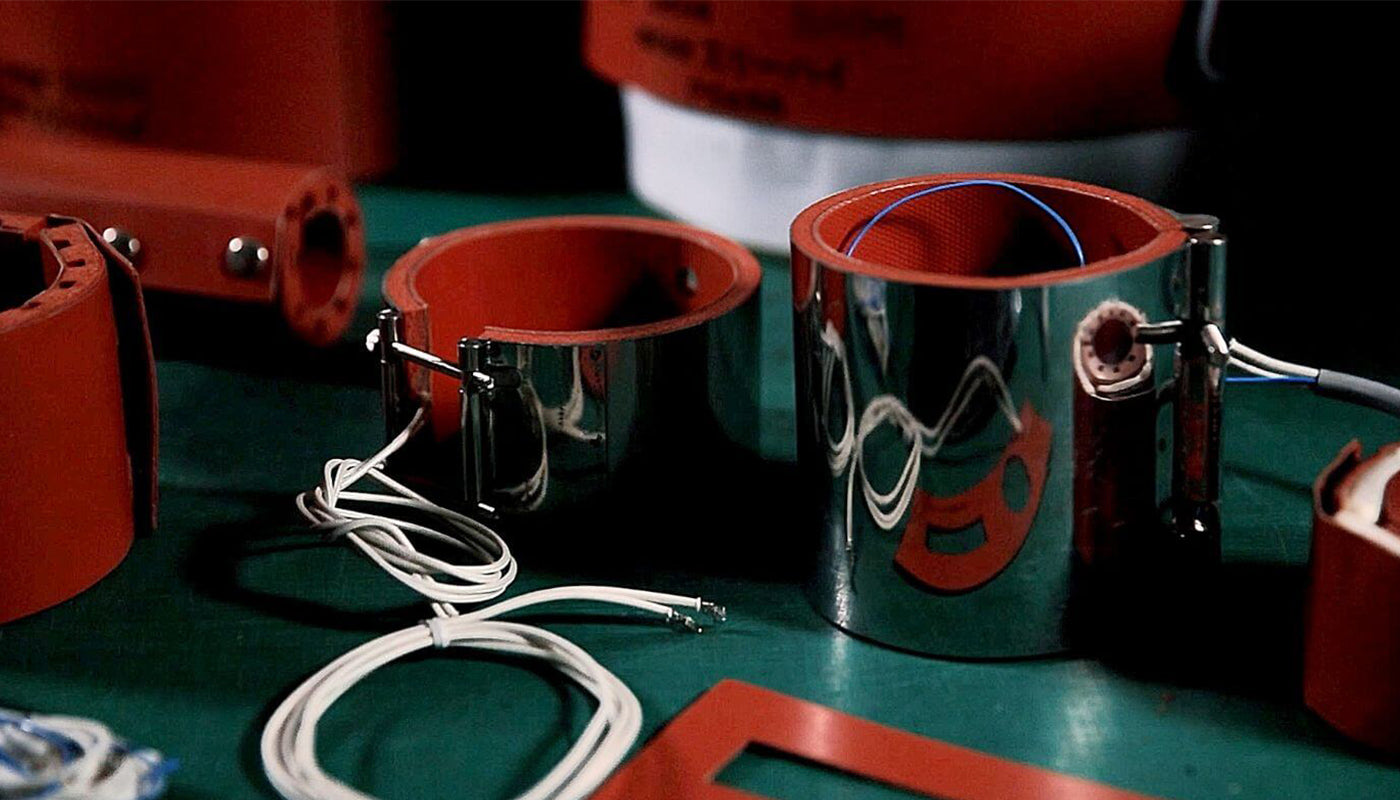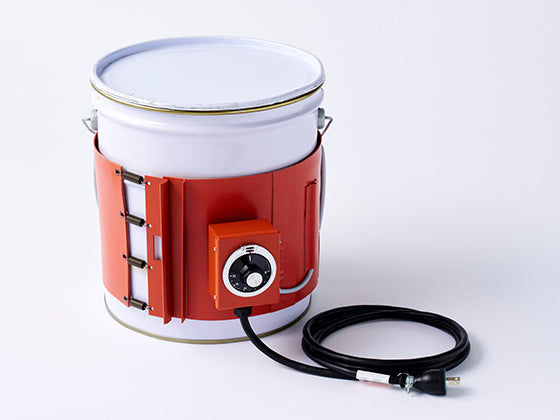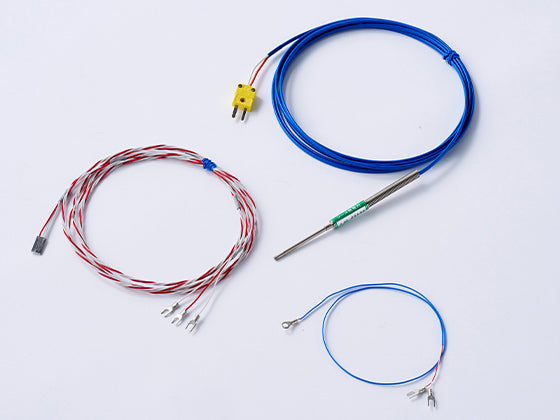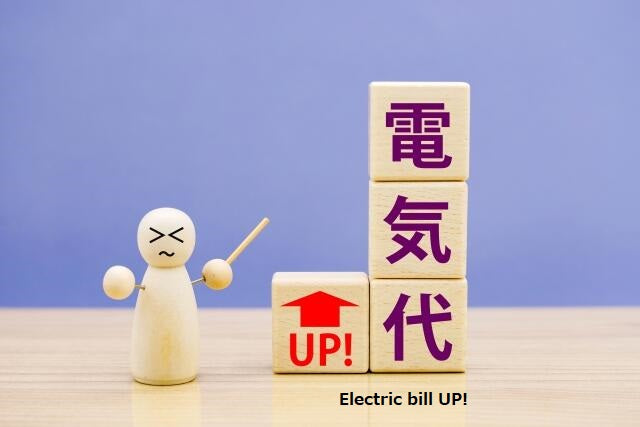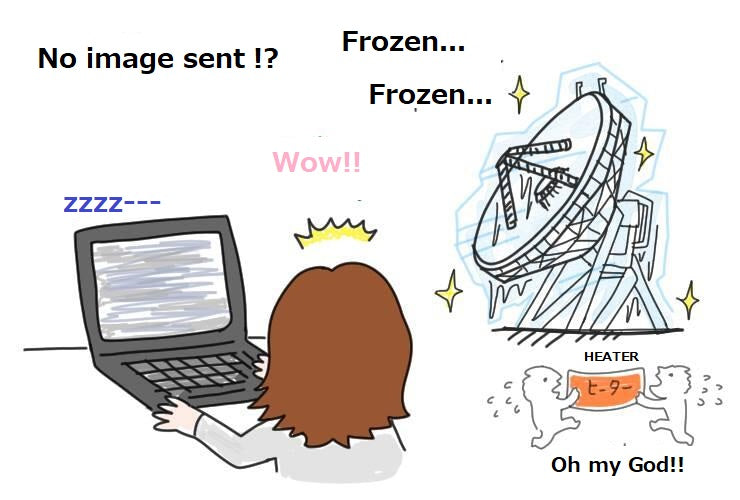Plating is a processing technique that applies a thin film of metal to the surface of metals and plastics. It is used to prevent rust and corrosion and to add luster.
I often visit plating factories to conduct sales. When I talk about a certain topic, the person in charge of the project will often confide in me and said, "We have this kind of case”. That topic is that the plating has hardened in the pipes, and when you try to unclog the plating, you end up breaking the pipes by hitting them from the outside with force. Moreover, it is said that the problem occurs more frequently in pipes located on the north side of the building, which receives less sunlight. According to the story, the cause of the broken pipes seems to be the method of heating the pipes.
We have the know-how to solve "certain problems" that plating factories face. The trump card is an electric heater made of silicone rubber. This time, we will introduce how to install the heater to avoid hitting the piping.
Metal plating can cause clogging in pipes when cold.
Plating is used in a wide range of fields. For example, industrial products include screws, automotive parts, electrical equipment, and tools, just to name a few.
There are various methods for applying plating treatment. One of them is hot-dip plating. The metal used as the plating material is heated to melt it, and the part is dipped into the melted metal to form a film on the surface. This method is called "hot dipping," and is used in the plating process of automotive parts.

At a plating factory, when hot-dip plating a large number of parts, the molten metal is sent by piping to a container where the parts are immersed in the molten metal for the plating process. The piping must be kept warm at all times. As the molten metal cools, it solidifies at the bottom of the piping and accumulates as sediment. As this precipitation grows, it clogs the piping.
Floodlighting to prevent coagulation is inefficient and unsafe
One of the most common methods of preventing coagulation of hot-dip plating that we see in the places we visit is to warm the piping by shining an incandescent floodlight on it. This method is especially used in plating factories in snowy regions. When the temperature is low due to cold weather, they use incandescent floodlights to prevent water pipes from freezing, which is probably applied to pipes as well.
However, it is not a good idea to shine an incandescent floodlight on the piping where the plating is sent. The reason is that the entire piping cannot be heated evenly, resulting in uneven heating. In areas that are not adequately heated, the molten metal will cool and solidify, causing a gradual accumulation of precipitates. On the other hand, in areas that are heated intensively, the piping becomes hot and may cause burns if touched during operations. In addition, incandescent floodlights are being replaced by LED bulb types, and in the future, consumable incandescent bulbs will be difficult to obtain.
A vicious cycle of hitting clogged plating and then breaking and replacing the piping.
When piping is heated by incandescent floodlights, one thing that is inevitable is the treatment of molten metal that is clogging the piping. When we talked to them, they surprisingly said that they repair the blockage by hitting the piping with a blunt instrument to break up the sediment.
If this forceful method is repeated, the piping will be damaged. When young workers with strong arms hit the pipes without knowing how much to hit, they often damage the pipes and have no choice but to replace them.
In the case of using incandescent lamps to heat the pipes to prevent the plating from solidifying, the uneven heating causes sediment to accumulate, resulting in a vicious cycle of hitting the pipes with a blunt instrument, breaking them, and replacing them with new ones. This not only reduces the plant's operating efficiency, but also increases the cost of replacing the piping. It is necessary to consider some improvement measures.
Best to install an electric heater for even heating.
What we propose is to heat the piping with an electric heater.
Electric heaters have products that can heat cylindrical components. For piping, silicone belt heaters and rubber piping heaters are recommended. Silicone rubber is a polymeric material that is flexible and bendable. It is favorable for attaching piping.
Silicone belt heaters are heaters that are wrapped around and are suitable for heating straight piping. Heat-resistant tape is used for fixing. We offer three types according to belt width: slim (10 mm wide), regular (20 mm wide), and wide (40 mm wide).
![]()
Silicone belt heaters
Rubber piping heaters are heaters that are attached to piping to heat it. In straight piping, it can heat the entire pipe more uniformly than wrapping it around the pipe. It can also reliably heat elbow-type piping that changes its angle by 90 degrees, preventing an increase in sediment that accumulates in bent sections.

Rubber piping heaters
The heater is an electrical product. Do not strike the piping to which the heater is attached. It will break inside and become unusable.
Support including insulation is also available.
We not only deliver heaters, but also provide various types of support for different purposes. One such example is when we receive inquiries about piping heaters, we suggest introductions that include insulation.
Heaters can be maintained at a constant temperature using a temperature controller. Nevertheless, depending on the temperature setting, piping surfaces may become hot and workers may get burned if they accidentally touch the piping. For safety reasons, insulation is a good idea to give workers peace of mind.
Insulation can also be added to further uniform temperature distribution in the piping, as well as help retain heat for extended periods of time. This is especially effective when installing silicone belt heaters.
We, who work with electric heaters, cannot turn a blind eye to heating that could knock the piping and break it. Please contact us. We will propose a piping heater that meets your requirements.
